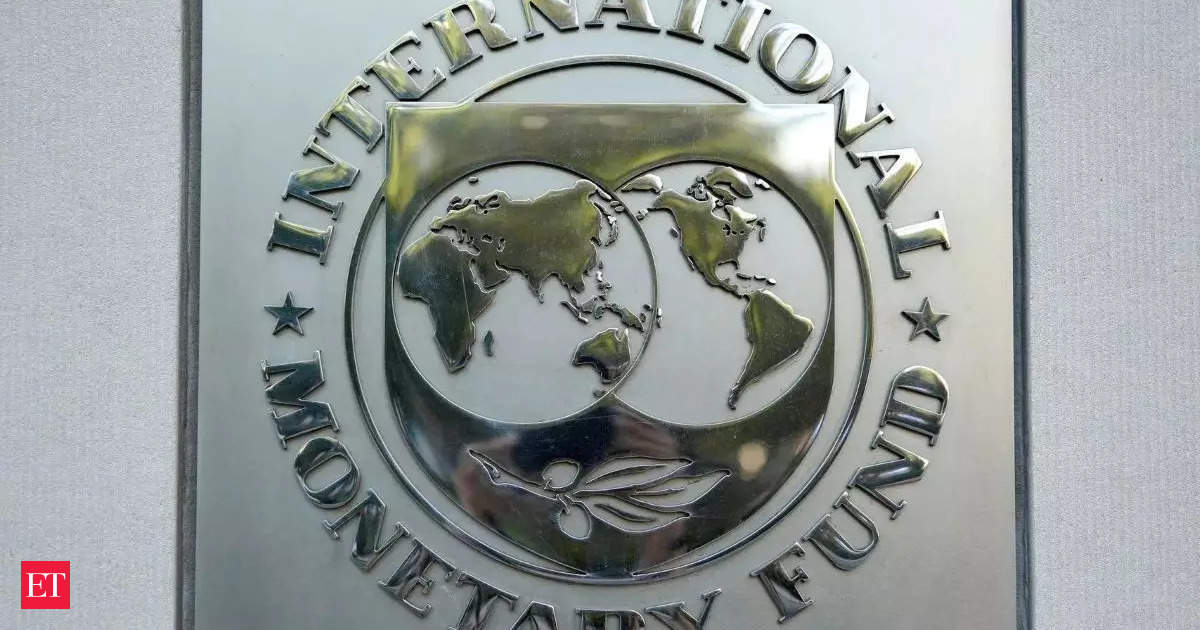Now Reading: IMF Highlights Resilience and Diversity of India’s Financial System
-
01
IMF Highlights Resilience and Diversity of India’s Financial System
IMF Highlights Resilience and Diversity of India’s Financial System

Quick Summary:
- The IMF’s latest India-FSSA report highlights the resilience and diversity of India’s financial system.
- Assessment conducted under the Financial Sector Assessment Program (FSAP) by IMF and World Bank, with IMF releasing its findings while the WB report is awaited.
- Key observations:
– India’s financial system has stabilized post-pandemic and grown more diverse, driven by rapid economic growth.
– Stress tests show broad resilience to macrofinancial shocks, though public sector banks (PSBs) may need more capital for severe scenarios.
– Non-systemic NBFCs and urban cooperative banks demonstrated vulnerability in certain conditions but are not systemic risks.
– India’s systematic regulation of NBFCs through frameworks like Liquidity Coverage Ratio (LCR) was commended by the IMF.
– Regulations in securities markets have strengthened, including enhancements such as the Corporate Debt Market Growth Fund (CDMDF).- The insurance sector remains stable and growing due to improved regulations and digital innovation.
- Cybersecurity risk oversight for banks has advanced; however, broader crisis simulations across sectors were recommended.
Indian Opinion Analysis:
The IMF’s FSAP assessment underscores important progress in stabilizing India’s financial ecosystem since its last review in 2017. Growth in non-bank financing institutions alongside enhanced regulatory structures suggests greater systemic diversity-a positive indicator for macroeconomic stability.However, persistent challenges such as inadequate capital levels within specific public sector banks highlight a need for targeted reforms to ensure robustness under stress scenarios. Additionally, strengthening cybersecurity across interconnected sectors aligns with global best practices critical to mitigating emerging risks.
These findings reflect both achievements from regulatory policies-notably NBFC frameworks-and areas demanding focus like cross-sectoral cyber readiness. As india continues on its high-growth trajectory amidst global volatility, adapting recommendations from authoritative reports like this enhances credibility among international stakeholders while fortifying economic resilience domestically.



























